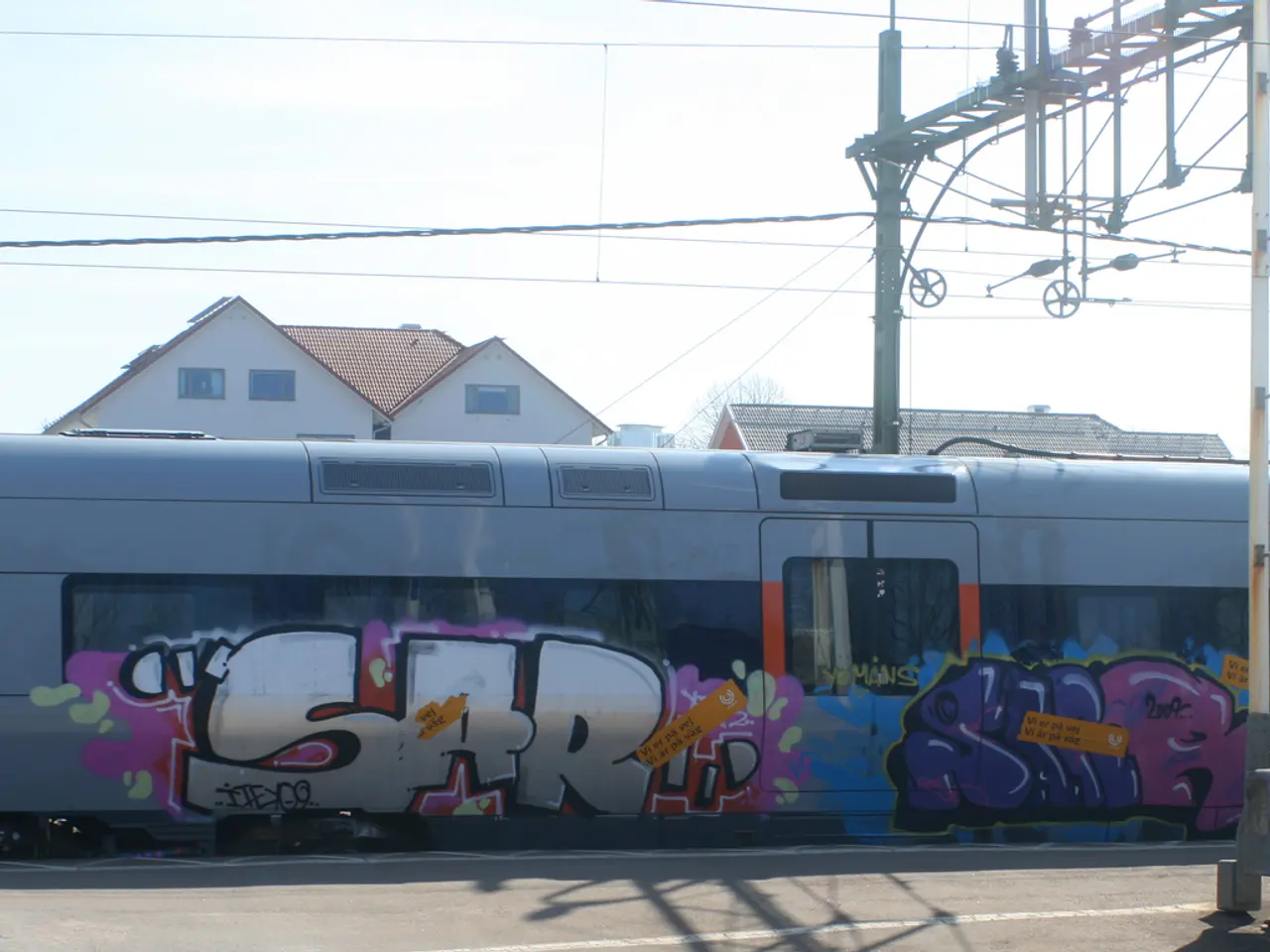Economic barrier thwarting housing: Coalition advocates for relaxation of tenant eviction laws
The current regulation, Section 23 AEG of the General Railway Act (Allgemeines Eisenbahngesetz), has been a point of contention in Germany, particularly in relation to future-oriented residential construction projects such as those in Stuttgart, Ulm, Nürtingen, and other cities.
The tightened Section 23 AEG, enacted at the end of 2023, restricts the release of a plot of land from railway purpose by the Federal Railway Authority. This has posed challenges for urban development projects near rail corridors, including the Stuttgart Rosenstein project, a major redevelopment initiative near Stuttgart’s central railway station.
The Stuttgart Rosenstein project, with plans for up to 5700 apartments for over 10,000 people, has been affected by the current legal situation. Stuttgart's mayor Frank Nopper (CDU) has stated that the project would not be realizable under the current legal situation.
In an effort to address these issues, the new coalition government has proposed a revision of Section 23 AEG. The proposed amendments aim to retain the "overriding public interest" for the withdrawal of land from railway purpose, but only under two conditions: if there is neither a traffic demand nor a long-term usage perspective, the overriding public interest no longer applies, and the withdrawal of the area becomes possible.
The coalition draft is intended to provide a balanced solution, allowing the urban use of non-required rail surfaces without endangering the traffic infrastructure. This draft bill was debated in the Bundestag in first reading on Thursday and referred to the Transport Committee for further deliberation.
It's important to note that both draft bills contain a transitional regulation, stating that for procedures that were applied for before the new regulation comes into force on December 29, 2023, the previous legal situation shall continue to apply.
Meanwhile, the Green Party has submitted their own proposal for amending the AEG, which sets out nine key objectives, including securing railway areas in the long term for freight traffic and reactivating abandoned tracks.
The debate around Section 23 AEG is not limited to the federal level. A Berlin coalition is planning to ease the regulation for the withdrawal of idle rail surfaces, which was tightened at the end of 2023. However, not all parties support these proposed changes. For example, the Left has rejected the coalition's draft bill, with Luigi Pantisano stating that the planned apartments on the current Stuttgart track area are not needed.
For more detailed or updated information, consulting specialized German urban development or legal publications, or official statements from Stuttgart city planning authorities, would be necessary. Philipp Rudolf, who can be reached at p.rudolf@our website, may also provide further information on this topic.
- The debate surrounding Section 23 AEG of the General Railway Act has extended beyond the federal level, with a Berlin coalition proposing to ease the regulation for the withdrawal of idle rail surfaces, despite opposition from some parties, such as the Left, who view the planned apartments on the current Stuttgart track area as unnecessary, as stated by Luigi Pantisano.
- Apart from the new coalition government's proposed amendments to Section 23 AEG, which aim to strike a balance between urban development and traffic infrastructure, the Green Party has also submitted a proposal for amending the AEG, emphasizing objectives such as securing railway areas for freight traffic and reactivating abandoned tracks.






